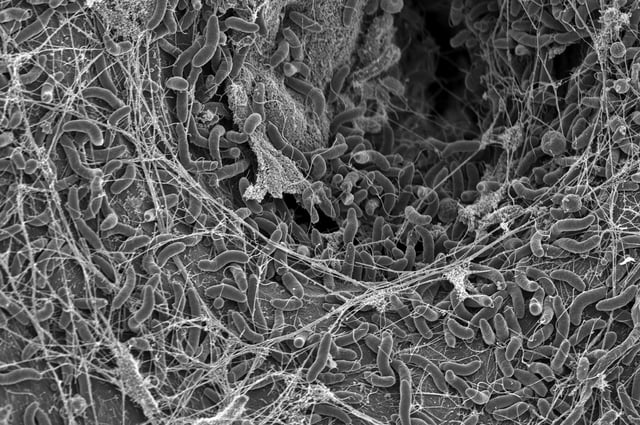Overview
- A study published in Nature Microbiology reveals that the WASA lineage of Vibrio cholerae acquired multiple anti-phage defense systems, aiding its resistance to diverse bacteriophages.
- Key genomic regions, WASA-1 prophage and Vibrio seventh pandemic island II (VSP-II), encode systems like WonAB, GrwAB, and VcSduA, which provide layered protection against viral attacks.
- The Peruvian WASA strains from the 1990s were immune to ICP1, a dominant phage known to limit cholera outbreaks in other regions, unlike other seventh pandemic strains.
- These enhanced phage defenses may have contributed to the massive scale of the 1990s cholera epidemic in Peru and across Latin America, infecting over one million people.
- Findings highlight the role of mobile genetic elements in clustering phage defense loci, informing strategies for cholera surveillance, phage therapy, and outbreak management.
